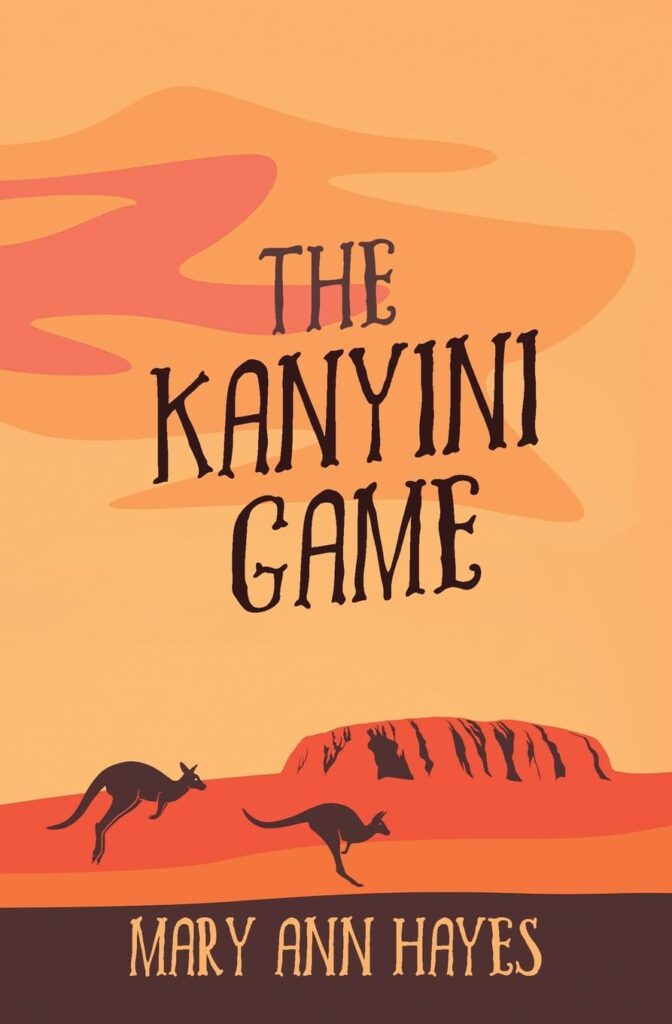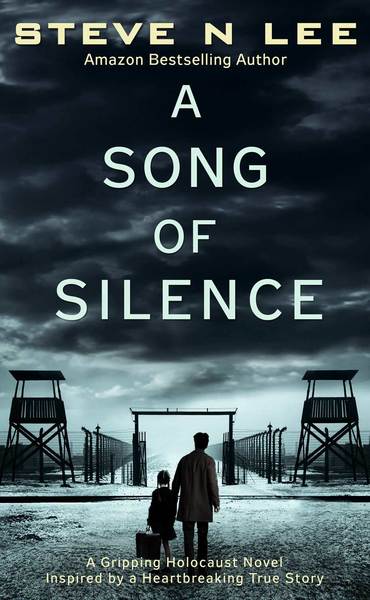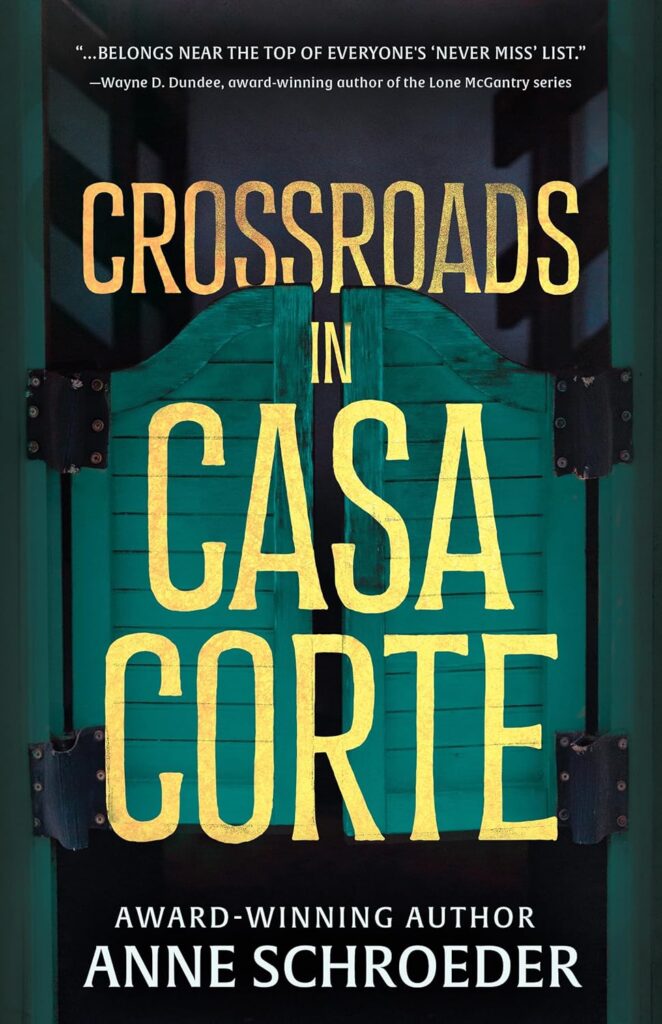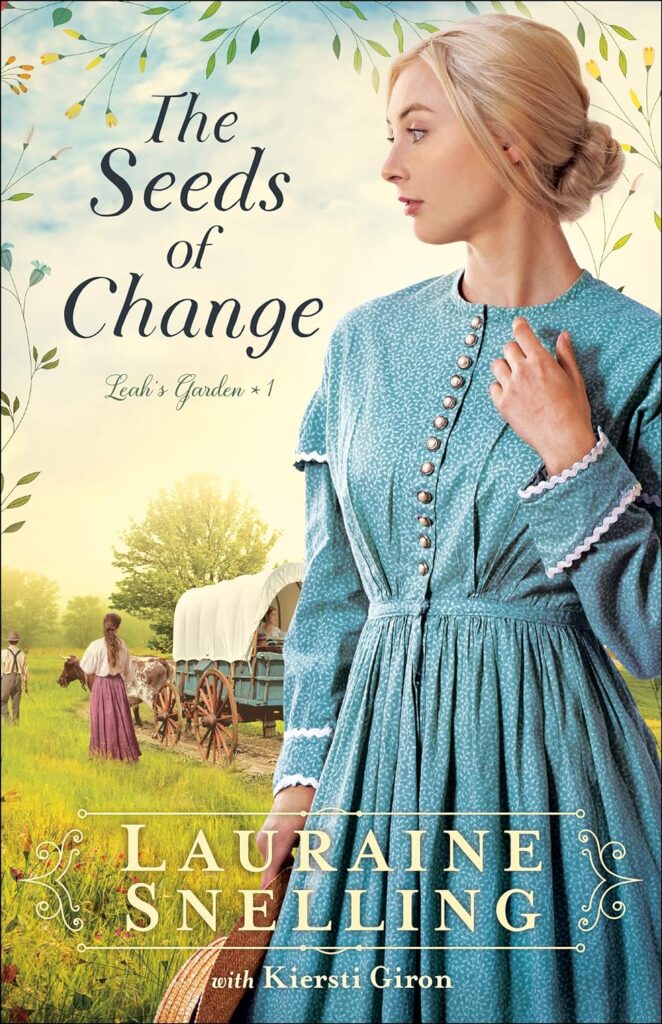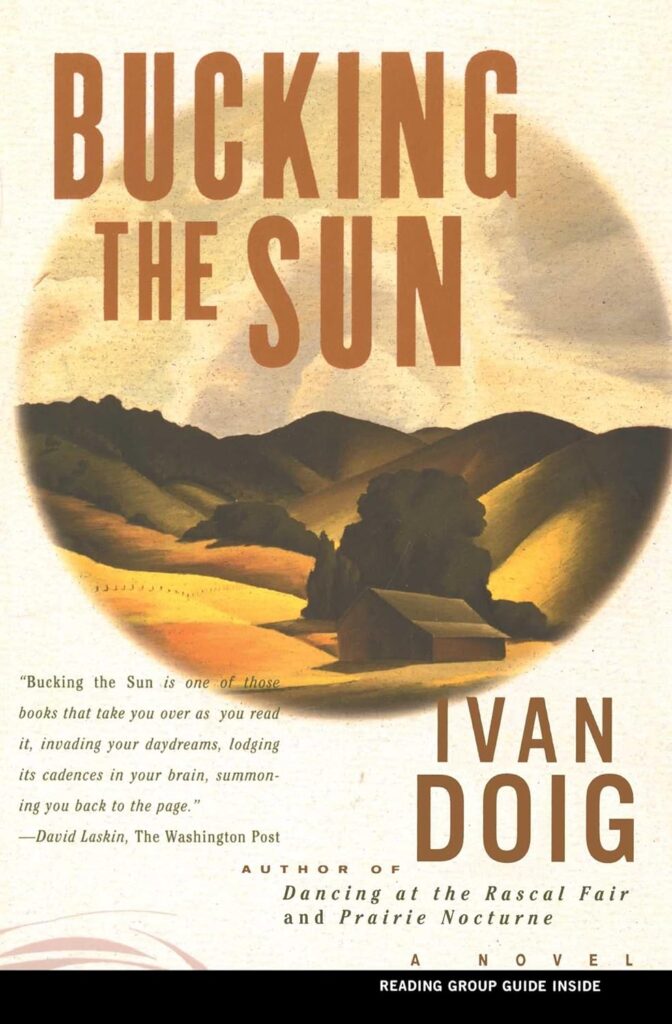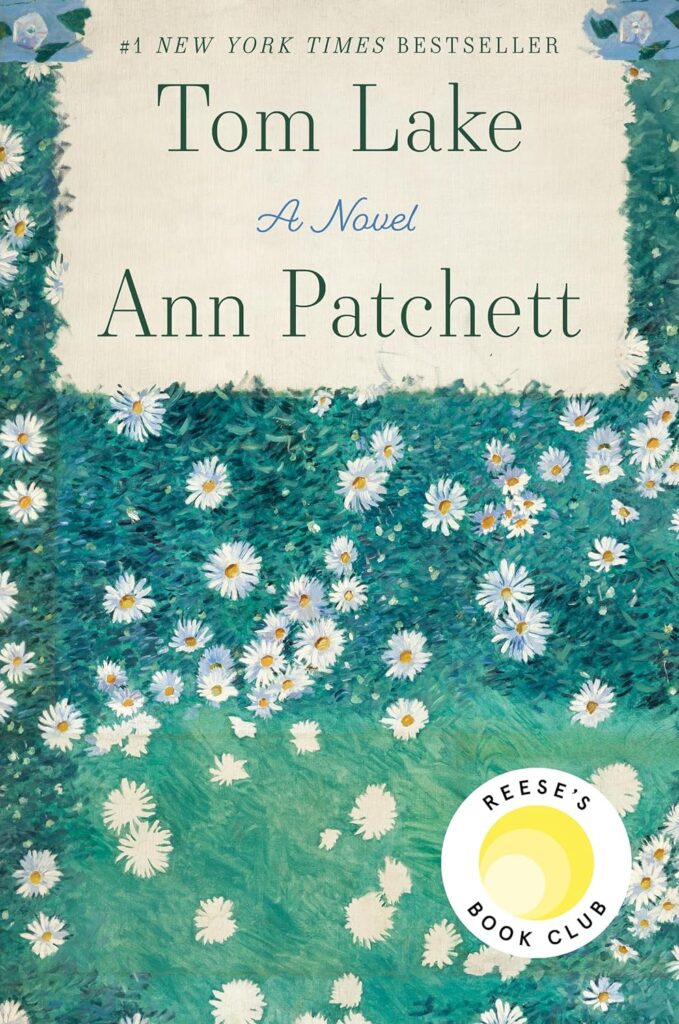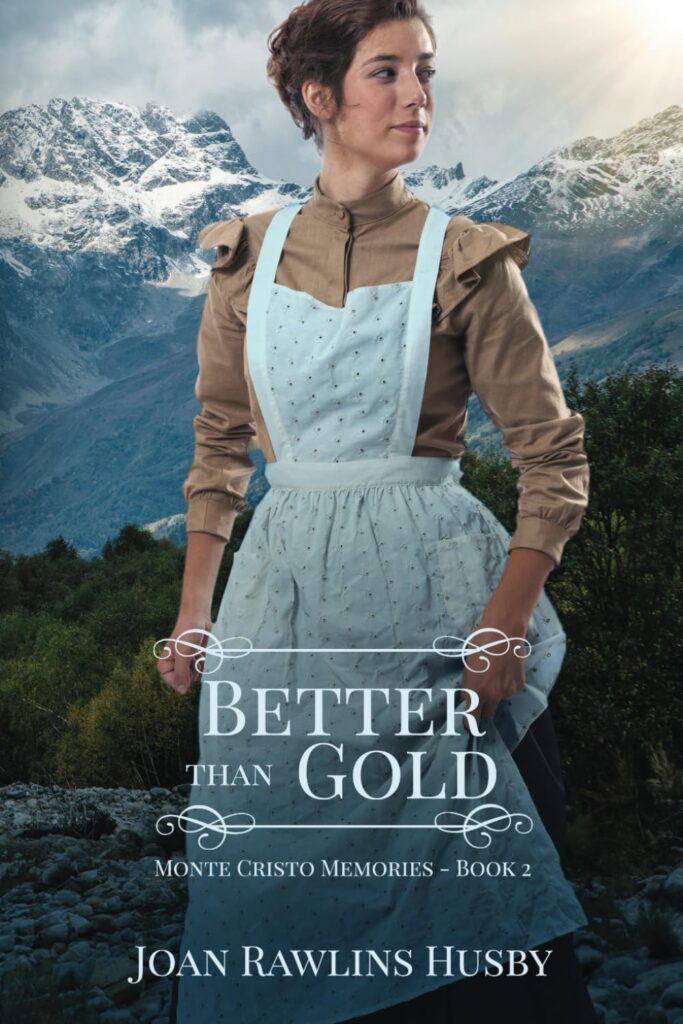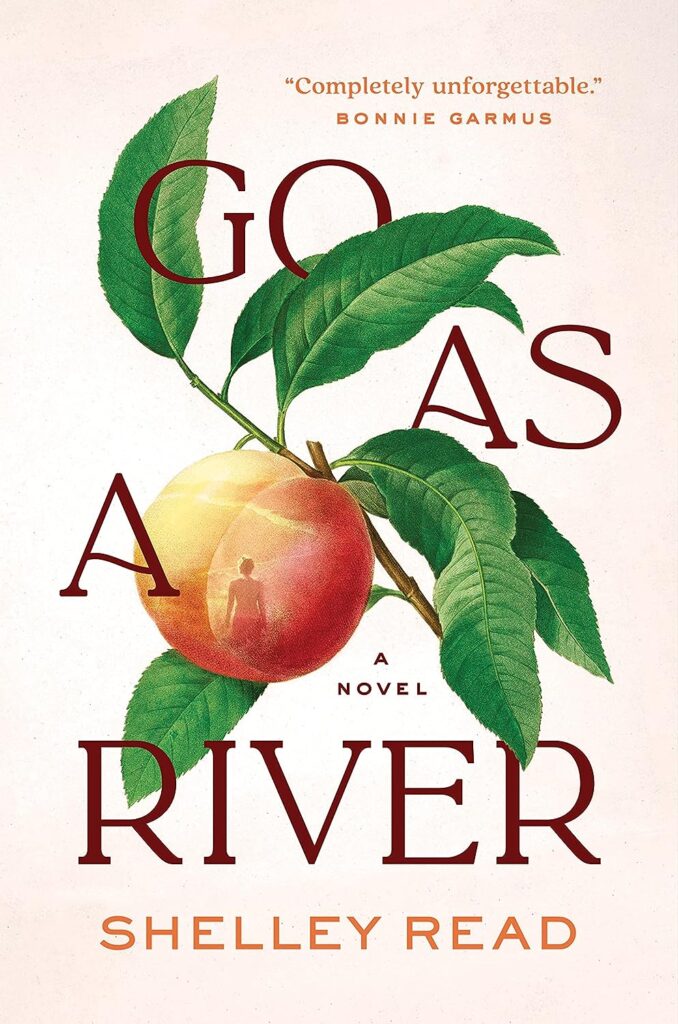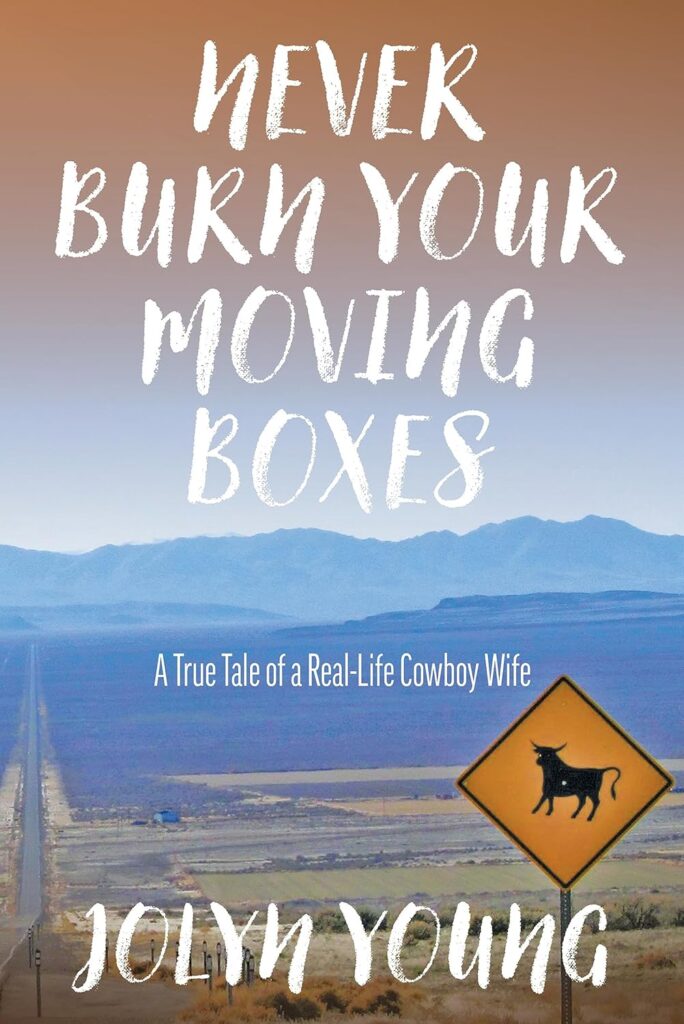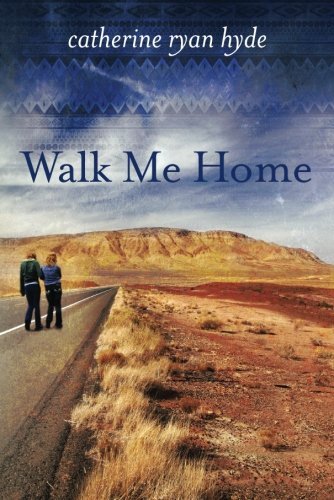The Kanyini Game by Mary Ann Hayes is an engaging adventure of a young boy and his magic carpet.
Chase, nine, has a big problem. His magic carpet, Mariah, is about to be sold! His family has just discovered the Persian carpet’s worth, but to Chase the carpet means more than money. He and Mariah can fly at the speed of light, explore foreign countries in the dead of night, and see more spectacular sites than most people see in a lifetime.
Once Chase has ingeniously solved that problem, he becomes involved in the 420th Global Magic Carpet Game. This high adventure takes them to Australia where mysteries lurk, along with poisonous spiders, huge snakes, dangerous wild animals, and exotic, but stinky, plants. But all is not well among the carpets and their riders—arguing and unfair competition practices challenge the teams. What is the lesson to be learned from these captivating experiences?
In addition to Chase’s high adventure, The Kanyini Game offers valuable life lessons. The word Kanyini is an Aboriginal sacred principle of unconditional love, linking important areas of responsibility. As Chase’s adventure unfolds, he and his fellow game participants learn these important life lessons.
Mary Ann Hayes has again written a children’s book that will fascinate youngsters of all ages. The Carnelian Game, the first of her paranormal children’s stories, is also an intriguing read. For those children too young to read The Kanyini Game by themselves, it would be a wonderful opportunity for an adult to read to a child. If you like magic, you and the children in your life will be charmed by this enchanting story.


